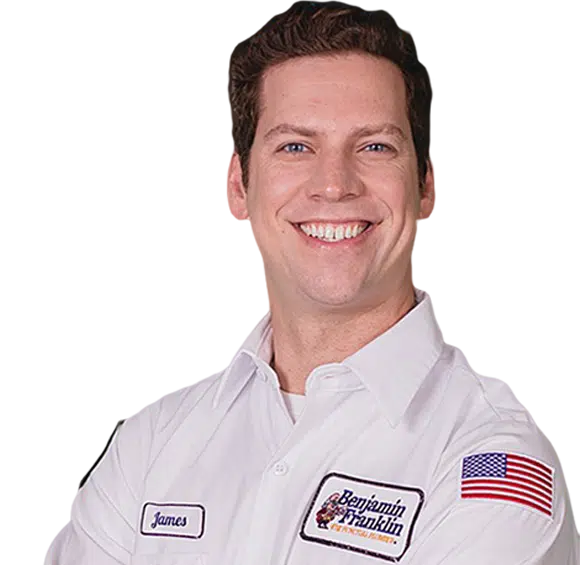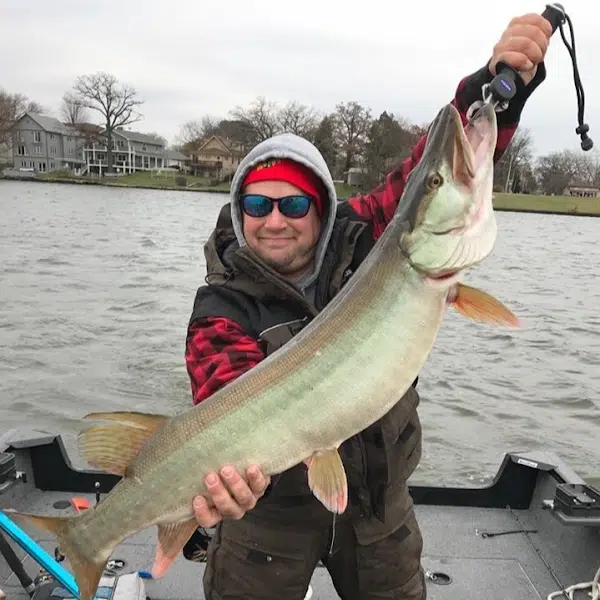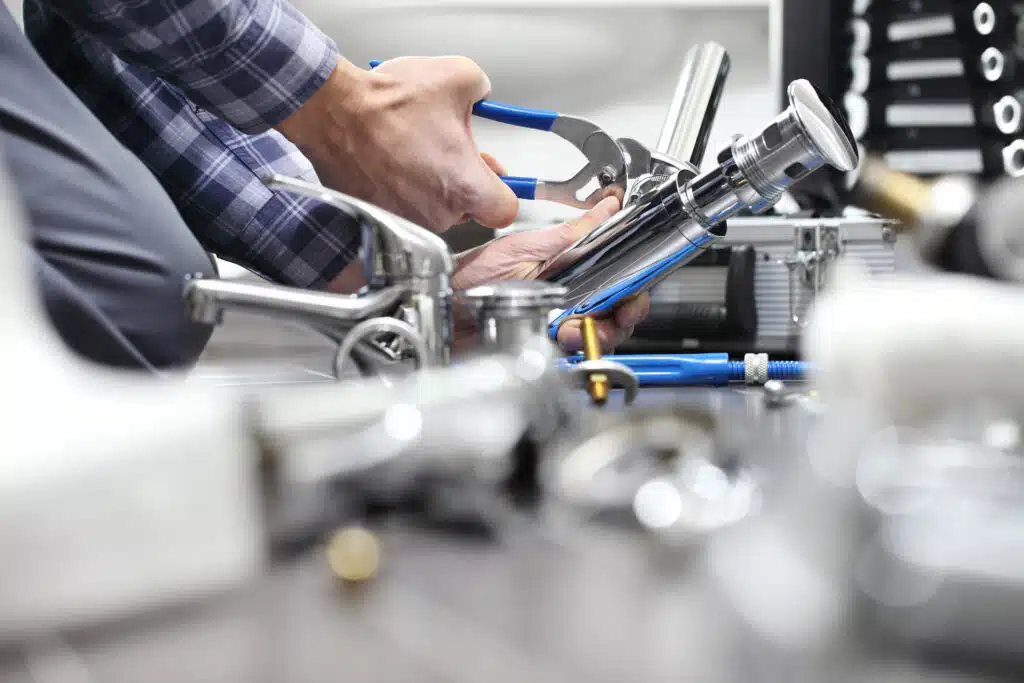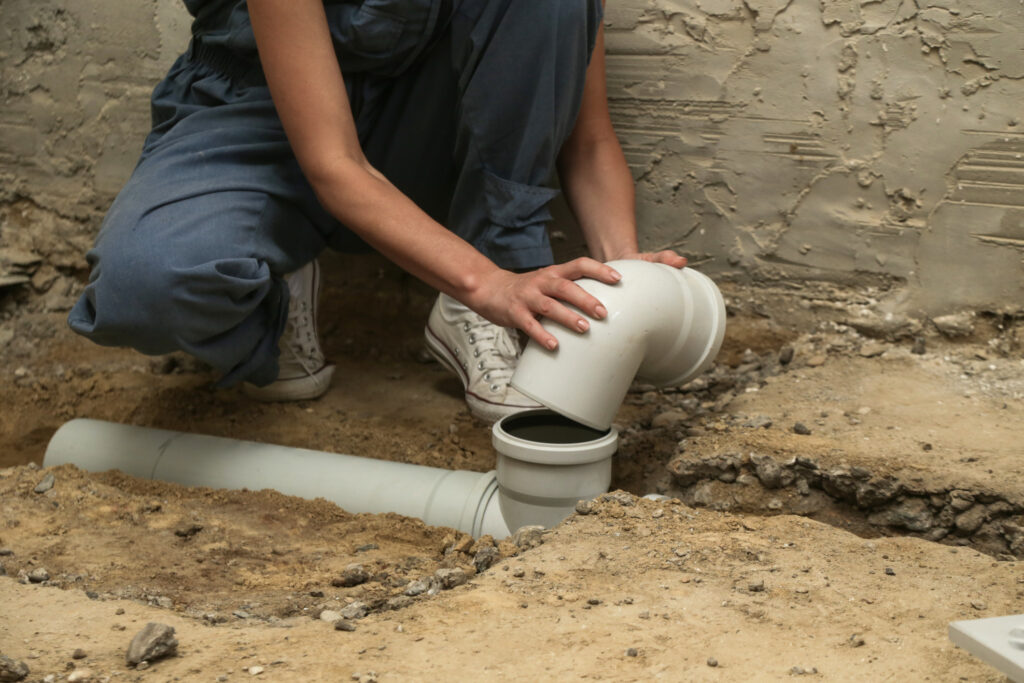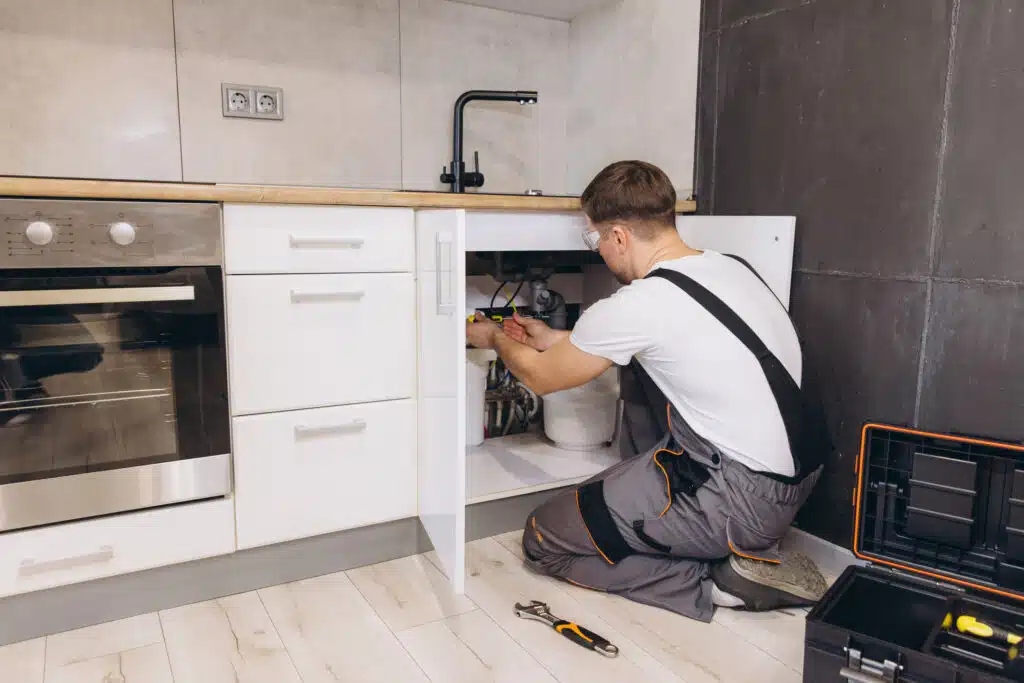Winter brings freezing temperatures, but your sump pump still plays a crucial role in keeping your home dry and protected. As the snow piles up and temperatures plummet, neglecting your sump pump can lead to costly water damage and flooding.
Maintaining your sump pump during the cold months is essential for protecting your basement and home from unwanted water accumulation.
In this guide, we’ll explore actionable tips to ensure your sump pump operates efficiently throughout winter, helping you avoid frozen discharge pipes, power outages, and other seasonal challenges.
Why Winter Maintenance for Your Sump Pump Is Essential
Protect Against Freezing
Freezing temperatures can cause sump pump discharge lines to ice over, blocking water flow and forcing it back into your basement. This buildup creates undue pressure on the sump pump motor, increasing the likelihood of breakdowns.
Protecting against freezing ensures the system can continuously remove water without interruptions. Proper insulation or rerouting discharge lines below the frost level are effective methods to mitigate freezing.
These measures safeguard your home and help your sump pump operate efficiently during the coldest months.
Prevent Basement Flooding
While winter may seem like a dry season, melting snow and ice can cause significant water accumulation around your home. Without a functional sump pump, this water can seep into your basement, causing flooding and structural damage.
Maintaining your pump ensures it can effectively manage the increased water flow during winter thaws.
This proactive approach reduces the likelihood of costly repairs from water damage. By prioritizing your sump pump’s maintenance, you protect one of your home’s most critical areas.
Avoid Costly Repairs
Neglecting winter maintenance often leads to more frequent system failures, requiring expensive emergency repairs. Small issues, such as debris or ice buildup, can strain the pump’s motor and lead to overheating or breakdowns.
Proactive maintenance identifies and addresses these issues before they escalate into costly problems. Regular checks and proper preparation can save you significant repair expenses in the long run. With preventative care, you extend the life of your sump pump and avoid unnecessary financial stress.
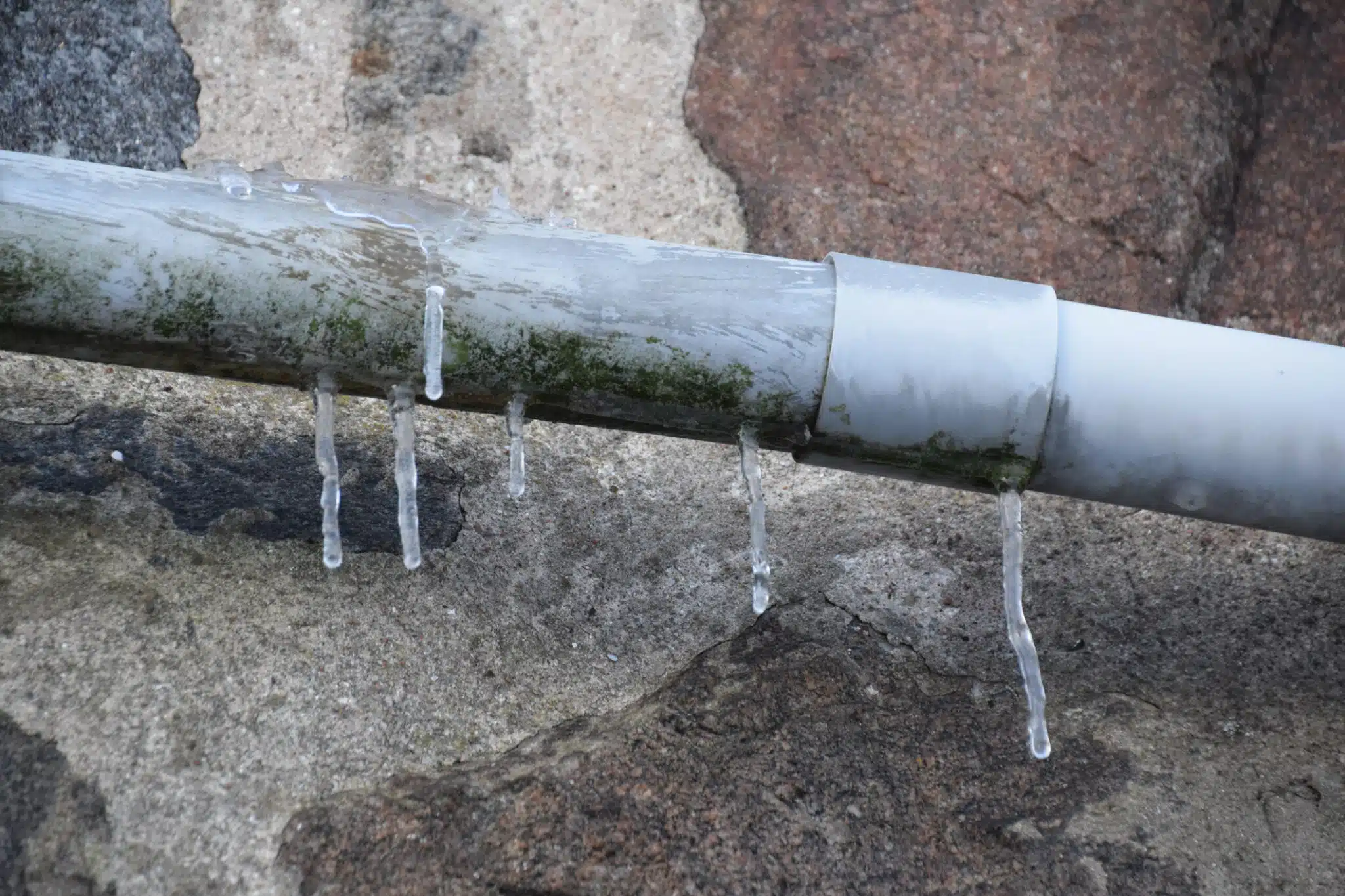
Common Winter Problems for Sump Pumps
Frozen Discharge Pipes
Frozen discharge pipes are one of the most common issues for systems managing water in winter. When water in the discharge line freezes, it creates a blockage, preventing water from being pumped out effectively.
This can force water back into the pit or basement, causing potential flooding and damaging the equipment. Insufficient insulation, improper slope, or poor design often contribute to the risk of freezing. Addressing this proactively with insulation, a proper slope, or freeze-proof piping is critical to ensure continuous operation during the cold months.
Loss of Power
Winter storms often lead to power outages, which can leave your system unable to operate when it’s needed most. Without power, water that would normally be pumped away can accumulate, increasing the risk of flooding, particularly during snowmelt or heavy rains.
These outages can be especially problematic if they last for extended periods. Investing in a backup power source, such as a battery-operated or generator system, can help mitigate this risk. Reliable and consistent power ensures your unit remains functional even in extreme winter conditions.
Motor Strain
Cold weather and increased demands can overstrain the motor, leading to overheating or failure. Issues like ice buildup, clogged discharge lines, or debris in the sump pit are common causes of motor strain.
When the motor operates under stress, it accelerates wear and tear, shortening the equipment’s lifespan.
Regular cleaning and maintenance, such as clearing debris and ensuring unobstructed flow, minimize stress on the motor. Preventative care helps the motor function efficiently, avoiding costly repairs and ensuring reliable operation throughout winter.
Improper Drainage
Blocked or frozen external drains can prevent water from being directed away from your home, leading to backups. Accumulated snow, ice, or debris in the drainage system often obstructs water flow, creating additional pressure on the pump. Improperly sloped or inadequately maintained drainage paths exacerbate the problem, allowing water to pool in vulnerable areas.
Regularly clearing snow, ice, and debris from drainage areas ensures proper water flow even in freezing conditions. A well-maintained drainage system supports overall efficiency and prevents flooding risks during winter thaws.
Tips for Keeping Your System Working in Winter
1. Insulate Discharge Pipes
Wrapping your discharge pipes with foam insulation is a simple yet effective way to prevent freezing. Insulation acts as a barrier against the cold, keeping the water in the pipes flowing even during harsh winter conditions.
For additional protection, consider burying the pipes below the frost line to avoid exposure to freezing temperatures. This step not only prevents ice blockages but also reduces stress on the entire system. Proper insulation ensures that water is efficiently directed away from your home without interruptions.
2. Install a Freeze-Proof Discharge Line
Using a sloped discharge line or a vented adapter is a proactive solution to prevent water from freezing inside the pipes. A slight slope allows water to drain completely, reducing the chances of ice forming within the line.
Vented adapters release pressure and allow excess water to escape, even if part of the line freezes. These measures are particularly beneficial in regions with prolonged freezing conditions. A properly designed line protects your home from potential backups and overflows.
3. Test the System Regularly
Pouring water into the sump pit periodically helps ensure the unit activates and drains properly. This simple test allows you to catch issues early, such as a malfunctioning float switch or blocked drain.
Regular checks also help you confirm that the discharge flow is unobstructed and flowing in the correct direction. Identifying and resolving problems during a routine test can save you from unexpected flooding during critical times. Keeping the system in working order requires consistent and attentive care.
4. Keep the Pit Clean
Debris and sediment accumulating in the sump pit can clog the pump and reduce its efficiency.
Removing these obstructions helps prevent unnecessary strain on the motor and ensures smooth operation. Cleaning should include inspecting the inlet screen and clearing any buildup that might hinder water flow.
A clean pit is crucial to the overall performance of the setup during winter months. Taking this step as part of your maintenance routine minimizes the risk of costly failures.
5. Check the Power Source
Ensuring the system is connected to a reliable power source is essential, especially during the winter when outages are common. If you live in an area prone to severe storms, consider installing a battery-powered backup system to maintain functionality during power failures.
A generator is another reliable option, offering extended support in case of prolonged outages. Reliable power access ensures your home remains protected no matter the weather. A consistent energy supply is a critical component of a dependable water management system.
Winterizing Your System
Inspect the Check Valve
The check valve plays a vital role in preventing water from flowing back into the pit. During winter, a faulty valve can lead to backflow and potential freezing within the system. Inspect the valve for signs of wear, such as cracks or improper sealing, and replace it if necessary.
Ensuring this component is in good working condition protects your setup from unnecessary strain. A functional check valve is essential for maintaining efficient water flow during colder months.
Add a Backup Pump
Installing a battery-powered backup unit adds an extra layer of protection, particularly during winter storms and power outages. A backup system ensures water removal continues uninterrupted even if the primary pump fails or loses power.
It’s especially beneficial for homes in regions prone to severe weather conditions. Investing in this additional support minimizes the risk of flooding when the primary system is compromised. Reliable backups provide peace of mind and safeguard your home against unexpected failures.
Clear External Drains
Snow, ice, and debris can obstruct external drains, preventing proper water flow away from your property. Regularly clearing these drains ensures that melting snow and rainwater are directed safely away from your home.
Pay special attention to areas around the discharge pipes to prevent blockages that can cause backups. Keeping the drainage area free of obstructions supports the overall functionality of your setup. Properly maintained drains are crucial for handling the increased water flow during winter thaws.
Monitor Indoor Humidity
Excess moisture in your basement can overwork the water removal system, even in winter. Using a dehumidifier helps maintain optimal humidity levels, reducing the strain on the system.
Lower humidity also minimizes the risk of mold and mildew, keeping your basement dry and healthy. This proactive step complements your system’s operation by reducing unnecessary water accumulation. Maintaining a balanced indoor environment supports overall home protection during the colder months.
Signs Your System Needs Attention
Unusual Noises
Grinding, rattling, or humming sounds coming from the unit often indicate mechanical problems that require immediate attention. These sounds may suggest issues like a damaged impeller, a jammed motor, or loose internal components.
If left unchecked, these mechanical failures can escalate, resulting in more extensive and costly repairs.
Regular maintenance helps identify the root cause of these noises and ensures repairs are completed before further damage occurs. Quiet and smooth operation is a clear sign that the system is functioning efficiently.
Constant Cycling
When the unit turns on and off frequently without sufficient water entering the pit, it signals a problem that needs to be addressed. A stuck float switch, a clogged check valve, or improper installation are common culprits behind this behavior.
Constant cycling wastes energy places excessive stress on the motor, and shortens the unit’s lifespan. Timely diagnosis and correction of the issue can restore the system’s efficiency and prevent unnecessary wear and tear.
Monitoring its activity ensures the unit operates only when it’s necessary, preserving its durability.
Water Backups
If water is pooling in the pit or basement despite the unit running, it indicates a malfunction that could lead to severe water damage. Common causes include frozen discharge lines, blockages, or a failing motor that cannot handle the workload.
Immediate attention is required to resolve these issues and prevent potential flooding. Regularly inspecting the system for obstructions and testing the drainage flow ensures reliable operation during critical times.
Persistent water backups suggest the need for professional intervention to restore optimal performance.
Visible Damage
Physical signs such as cracks, rust, or leaks in the equipment or discharge pipes indicate wear and tear that compromises the system’s effectiveness. These visible damages can worsen over time, potentially leading to complete system failure if ignored.
Regularly inspecting the unit for such issues helps identify and address problems before they escalate. Fixing minor damages early can prevent more significant malfunctions, saving you time and money on repairs or replacements.
A system in good condition should be free of defects and ready to handle winter challenges.
Benefits of Regular Maintenance
Protects Your Home
Regular maintenance ensures your water management system is prepared to handle unexpected water flow, safeguarding your basement from flooding and structural damage.
A well-maintained setup prevents common issues such as water backups, frozen pipes, and clogged drains that often arise during the winter months. Taking a proactive approach to care minimizes the risk of costly water damage that could disrupt your home.
Consistent attention keeps your system functioning effectively, maintaining a dry and safe environment year-round. The protection against water damage provided by routine upkeep is one of its most important benefits.
Extends Equipment Lifespan
Routine care prevents the wear and tear that can significantly shorten the life of your equipment. Simple tasks like cleaning debris, inspecting components, and addressing small issues early keep the system running efficiently for years.
Regular maintenance reduces strain on critical parts, avoiding unnecessary breakdowns and extending the lifespan of the unit.
By maintaining the health of the system, you can avoid frequent replacements, saving money and ensuring consistent reliability. Equipment that lasts longer delivers dependable service and greater value over time.
Saves Money
Preventative care helps you avoid the need for costly repairs or emergency services, which can quickly add up. Addressing small issues before they escalate saves thousands in potential damage and expensive replacements.
Moreover, maintaining the system ensures energy efficiency, lowering electricity costs associated with neglected or overworked units.
A properly functioning system runs smoothly, avoiding inefficiencies and reducing overall expenses. Investing in regular maintenance is a practical and cost-effective way to protect your home and wallet.
Increases Peace of Mind
Knowing your equipment is fully prepared for winter challenges provides invaluable reassurance during colder months. Maintenance eliminates the worry of potential flooding or system failure when you rely on it most.
A reliable setup allows you to confidently face heavy rain, melting snow, and freezing temperatures without fear of water damage.
The peace of mind that comes with a well-maintained system is unmatched, ensuring that your home is always protected. Consistent care guarantees readiness, so you can enjoy the season stress-free.
Improves Performance During Peak Demand
Regular maintenance ensures your system performs optimally during times of peak water flow, such as heavy snowmelt or prolonged rain. A properly maintained unit can handle increased water volume without becoming overwhelmed or breaking down.
This is especially critical during winter months when freezing temperatures and sudden thaws can strain your equipment.
Ensuring peak performance reduces the likelihood of water intrusion and keeps your home safe during critical moments. With maintenance, your system is always ready to perform when you need it most.
Stay Protected This Winter with Benjamin Franklin Plumbing of Lancaster
Don’t let winter weather put your home at risk! At Benjamin Franklin Plumbing of Lancaster, we specialize in ensuring your water management systems are ready to handle the harshest conditions.
Serving Lancaster and surrounding areas, our expert team is here to keep your home safe and dry. Schedule your winter maintenance with us today and enjoy peace of mind knowing your home is in trusted hands. Contact us now!

Frequently Asked Questions (FAQ)
1. How often should I test my system in winter?
Test your setup at least once a month during winter to ensure it’s functioning properly. Pour water into the pit to confirm it activates and drains effectively. Regular checks help identify potential issues before they become serious problems.
2. Can I use salt to prevent freezing in sump pump discharge lines?
No, salt is corrosive and can damage sump pump discharge pipes over time. Instead, insulate the discharge lines with foam or install a freeze-proof adapter for safer, long-term protection. Properly sloped or vented sump pump discharge lines are also highly effective against freezing.
3. What should I do if my sump pump system freezes?
If your sump pump or discharge line freezes, turn off the sump pump immediately to prevent damage. Use a safe heat source, such as a hairdryer, to thaw the frozen pipes. After thawing, clear any blockages, inspect for damage, and ensure the sump pump is properly insulated to prevent future freezing.
4. Is a backup sump pump necessary in winter?
Yes, having a battery-powered backup sump pump is essential during the winter months. A backup sump pump ensures continued operation during power outages or when the primary sump pump fails. Backup systems activate automatically, providing reliable protection for your home in harsh winter conditions.
5. How do I know when to replace my sump pump?
Frequent cycling, unusual noises, or persistent backups are clear signs your sump pump may need replacement. Most sump pumps last 7-10 years with proper maintenance.






